Bizarre Ancient Capuchin Crypt ‘Decorated’ With The Bones Of 4,000 Monks
A. Sutherland – MessageToEagle.com – Under the city of Rome, there is a maze of long-forgotten ancient passages and temples; there are millennia-old underground burial chambers, which remember times when Christianity was only a forbidden cult and its members were executed as pagans and buried as martyrs.
One of the most original and eerie places in the underground realm of Rome is the Capuchin Crypt also known as the ‘Bone Chapel’.
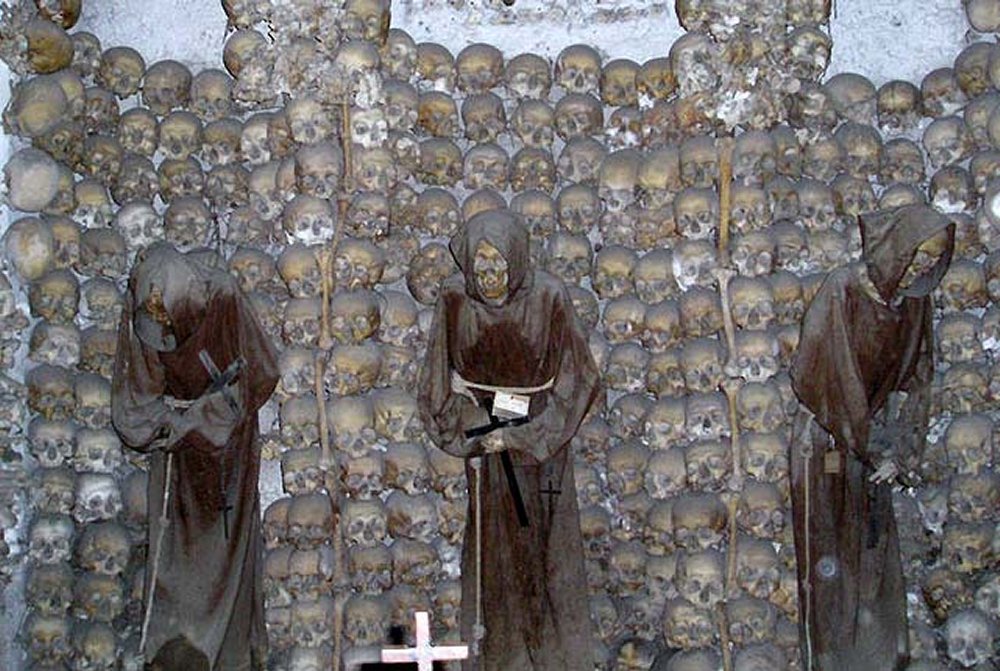
The Capuchin Crypt is a very special place with the remains of 4,000 Capuchin monks buried by their order. Their standing and dressed in robes skeletons, are staring from the walls and in the background, there are hundreds of anonymous skulls of those who died long ago.
They ‘decorate’ the underground crypt with vertebrae chandeliers, skulls of real size and cross-bones.
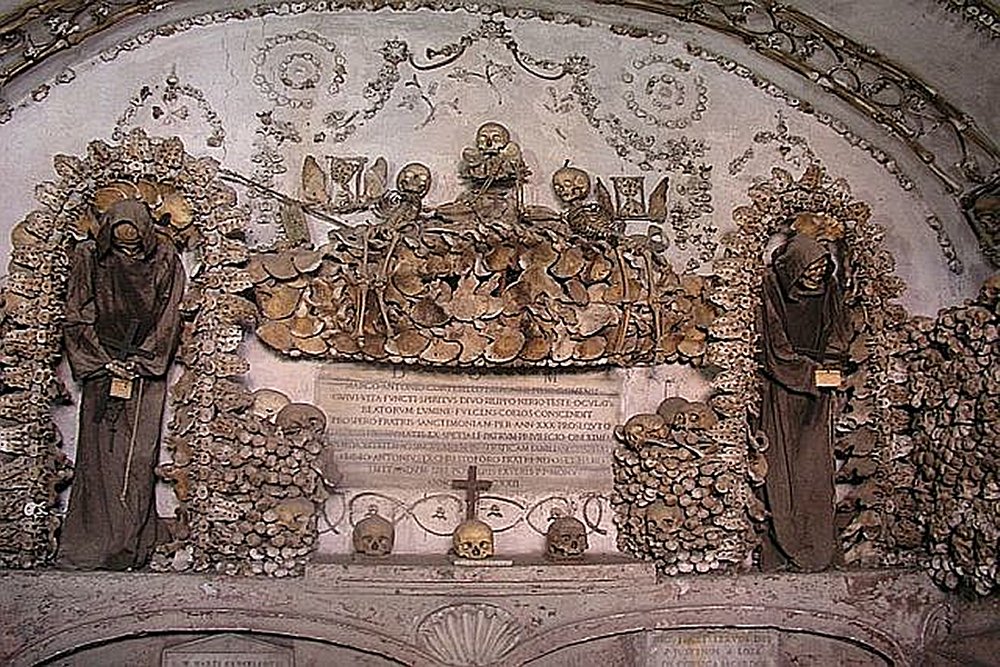
The Capuchin Crypt with several small chapels is located beneath the church of Santa Maria della Concezione dei Cappuccini, in Rome, Italy and it comprises of six rooms filled with the bodies of friars who died between 1528 and 1870.
On one of the chapel’s wall there is written in three languages,
“What you are now, we once were; what we are now, you shall be.”
Probably it has never been an intention to display strange place and its atmosphere as a macabre, but rather to remind of the passage of time, which takes lives with it. Still, the crypt is by many considered a morbid underground realm of death.
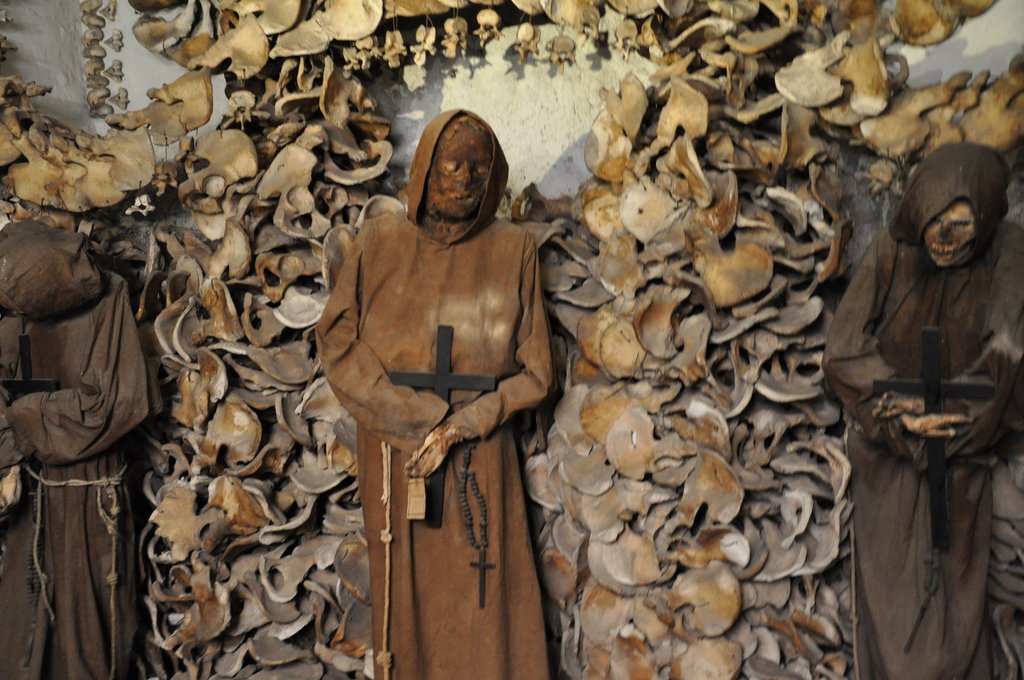
Arthur B. Frommer, a travel writer, and author of a series of travel guides wrote about the crypt:
“one of the most horrifying images in all of Christendom”, large numbers of the bones are nailed to the walls in intricate patterns. Many are piled high among countless others, while others hang from the ceiling as light fixtures…”
When the monks arrived at the church in 1631, they brought 300 cartloads of deceased friars. Fr. Michael of Bergamo oversaw the arrangement of the bones in the burial crypt. The soil in the crypt was brought from Jerusalem, by order of Pope Urban VIII.
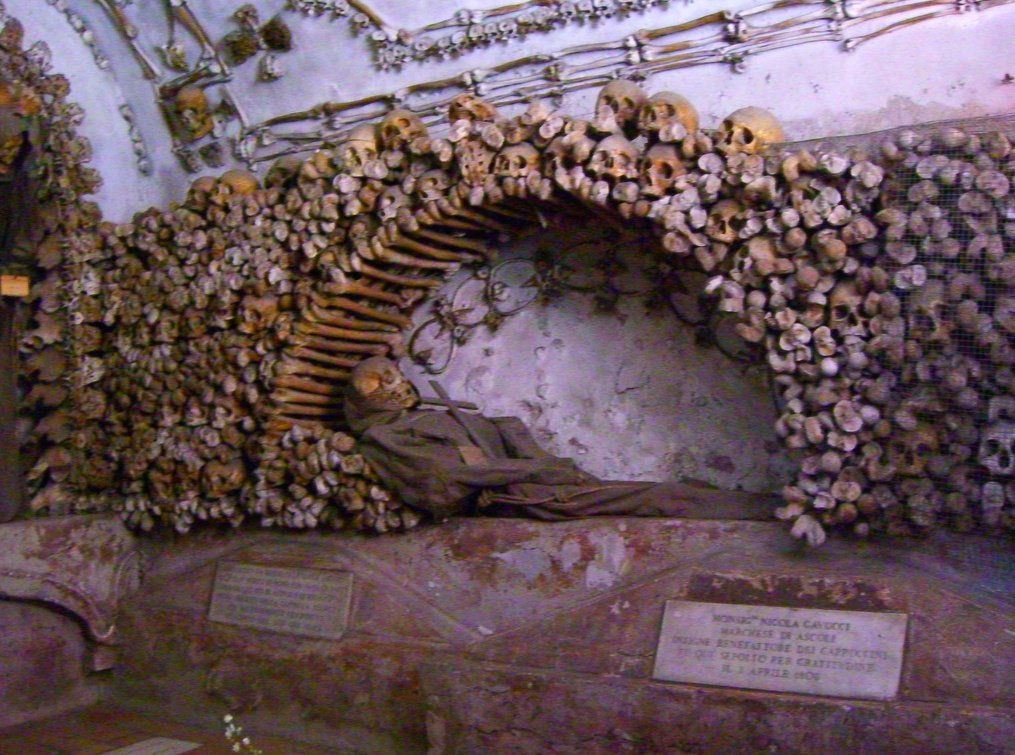
As monks died during the lifetime of the crypt, the longest-buried monk was exhumed to make room for the newly-deceased and so, it continued.
The newly-retrieved bones were immediately used as a ‘decoration’.
The dead monks’ bodies usually spent 30 years in the soil during the process of decomposition, before being exhumed.
The crypt had its beginnings in ancient times when a cult for a dead – rooted in Catholicism, but also closely associated with the cult of the dead of Greece and Rome – was flourishing.
Written by – A. Sutherland – MessageToEagle.com Senior Staff Writer
Copyright © MessageToEagle.com All rights reserved. This material may not be published, broadcast, rewritten or redistributed in whole or part without the express written permission of MessageToEagle.com
Expand for referencesRelated Posts
-
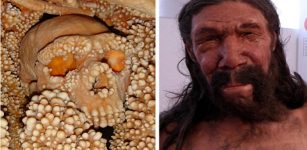 Fascinating Altamura Man – One Of The Most Complete Neanderthal Skeletons Ever Discovered
No Comments | Jul 21, 2022
Fascinating Altamura Man – One Of The Most Complete Neanderthal Skeletons Ever Discovered
No Comments | Jul 21, 2022 -
 The 5th Century BC Gela II Wreck Linked To Orichalco Cargo Salvaged In Sicily
No Comments | Oct 17, 2024
The 5th Century BC Gela II Wreck Linked To Orichalco Cargo Salvaged In Sicily
No Comments | Oct 17, 2024 -
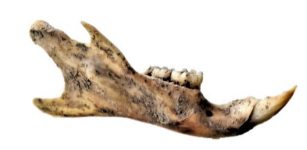 New DNA Study Reveals How The Black Rat Colonized Europe In The Roman And Medieval Periods
No Comments | May 11, 2022
New DNA Study Reveals How The Black Rat Colonized Europe In The Roman And Medieval Periods
No Comments | May 11, 2022 -
 Marine Creatures You’d Better Stay Away From
No Comments | Feb 5, 2016
Marine Creatures You’d Better Stay Away From
No Comments | Feb 5, 2016 -
 26,000-Year-Old Footprints In Chauvet Cave: Oldest Evidence Of Human-Canine Relationship
No Comments | Dec 29, 2016
26,000-Year-Old Footprints In Chauvet Cave: Oldest Evidence Of Human-Canine Relationship
No Comments | Dec 29, 2016 -
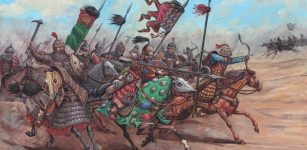 Mongol Empire: Rise And Fall Of One The World’s Largest And Fearsome Empires
No Comments | Mar 27, 2021
Mongol Empire: Rise And Fall Of One The World’s Largest And Fearsome Empires
No Comments | Mar 27, 2021 -
 Enigmatic Ale’s Stones – Sweden’s Megalithic Ship-Like Formation
No Comments | Jan 19, 2023
Enigmatic Ale’s Stones – Sweden’s Megalithic Ship-Like Formation
No Comments | Jan 19, 2023 -
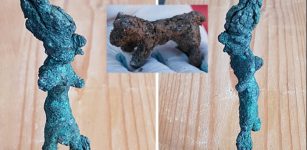 3,300-Year-Old Bronze Figurine Of Canaanite God Unearthed At Lost Biblical City
No Comments | Apr 12, 2020
3,300-Year-Old Bronze Figurine Of Canaanite God Unearthed At Lost Biblical City
No Comments | Apr 12, 2020 -
 We Prefer Drinks Based On How They Make Us Feel, Not What They Taste Like
No Comments | May 13, 2019
We Prefer Drinks Based On How They Make Us Feel, Not What They Taste Like
No Comments | May 13, 2019 -
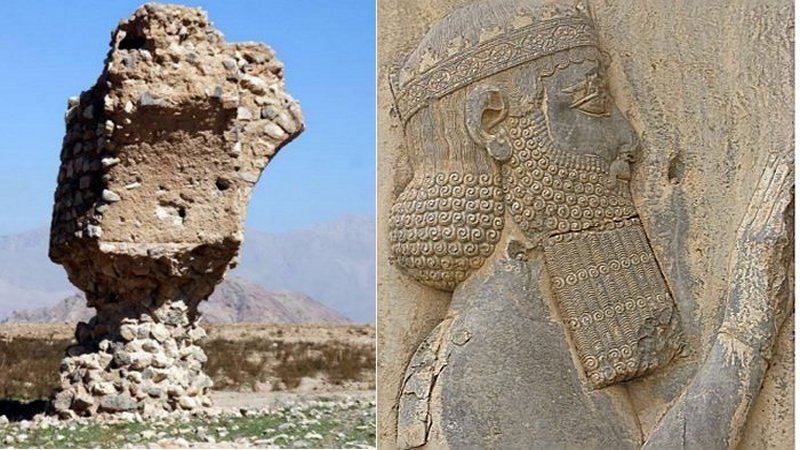 Darabgerd: One Of The Oldest Cities Dated To Achaemenid Era
No Comments | Jan 28, 2021
Darabgerd: One Of The Oldest Cities Dated To Achaemenid Era
No Comments | Jan 28, 2021
